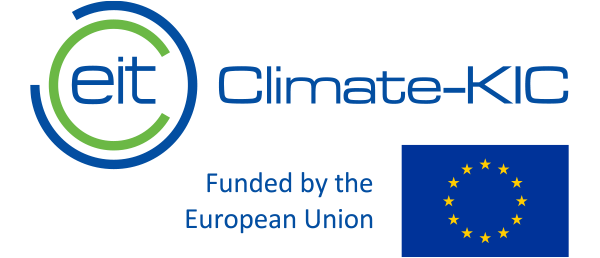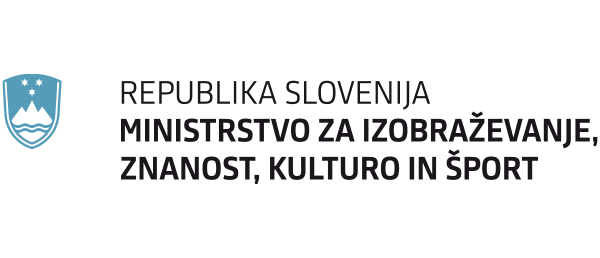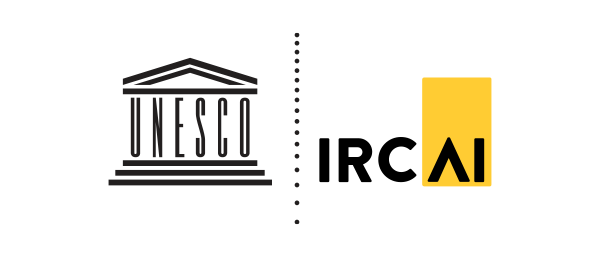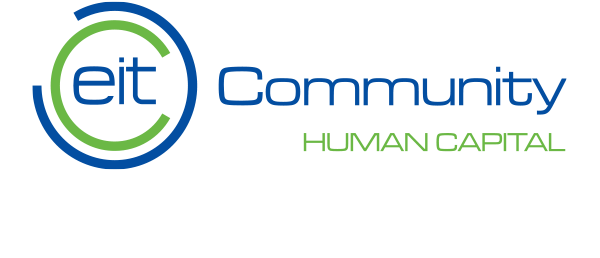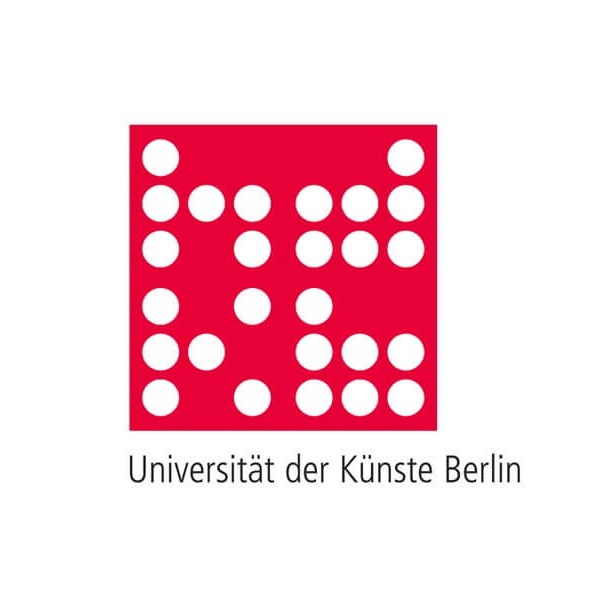
A Game for Learning Letter Sounds
An intelligent digital device that is capable of teaching a child how to read.

Team: DigiEduPrimer - A Digital Tool for Helping Children Learn How to Read
Team members
Jo, Hyungjoong, RitaMembers roles and background
- Software architecture
- AI / Machine Learning
- Educational Technology
Solution description
Our digital tool will teach a child to read by using personalized learning. The solution keeps track of the child's current knowledge and intelligently and systematically takes the child through the journey from illiteracy to literacy. The solution consists of a collection educational games and apps, and incorporates AI technologies like speech recognition for assessing the child's knowledge.
This solution will be a good mechanism for transitioning the education system from group-based learning to personalized learning. It will also help offload overwhelmed teachers in areas where the teacher-to-students ratio is too high.
Success of the solution can be measured by the number of children who are able to become proficient readers after having used the tool.
Solution context
Problem to solve: Millions of children around the world spend years in school without learning how to read a single word. Children who don’t have access to quality reading instruction.
“Of the 387 million primary age children unable to read proficiently, 262 million are in a classroom.”
— UNESCO
Solution target group
Target group: Children who don’t have access to quality reading instruction.
They will benefit by reaching reading proficiency.
Solution impact
On a global scale, this problem is enourmous:
“Of the 387 million primary age children unable to read proficiently, 262 million are in a classroom.” (source: UNESCO)
We will measure impact by collecting data on how many children are achieving reading proficiency after using the tool.
Solution tweet text
A digital tool for helping children learn how to readSolution innovativeness
Innovation: The intelligent system adapts the learning experience to fit each individual child. All the components (games, apps, content) making up the learning device use the intelligent system to communicate with each other. This makes the learning much more efficient than existing solutions.
Existing solutions on the market are individual apps/games that are not designed to communicate with each other.
Solution transferability
- Can be localized to work with other languages (e.g. Hindi).
- Free and open source.
- Works offline.
Solution sustainability
Short-term/Mid-term: Work with local distributors to help distribute the software and hardware to areas where it's most needed (e.g. India). Organize small pilot teast to measure efficacy and efficiency.
Long-term: Once the proof-of-concept has been demonstrated through a variety of small tests, switch to collaboration with larger organizations to speed up and scale the distribution globally.
Solution team work
The 3-person team combined their supplementary skills (software architecture, AI/ML, EdTech) in a good way, and came up with a promising solution to be deployed into the real world. We will definitely consider more collaboration in the future.
Links
* Climate-KIC publishes the proposed solutions developed during the DigiEduHack event solely for the purposes of facilitating public access to the information concerning ideas and shall not be liable regarding any intellectual property or other rights that might be claimed to pertain to the implementation or use any of the proposed solutions shared on its website neither does it represent that it has made any effort to identify any such rights. Climate-KIC cannot guarantee that the text of the proposed solution is an exact reproduction of the proposed solution. This database is general in character and where you want to use and develop a proposed solution further, this is permitted provided that you acknowledge the source and the team which worked on the solution by using the team’s name indicated on the website.






